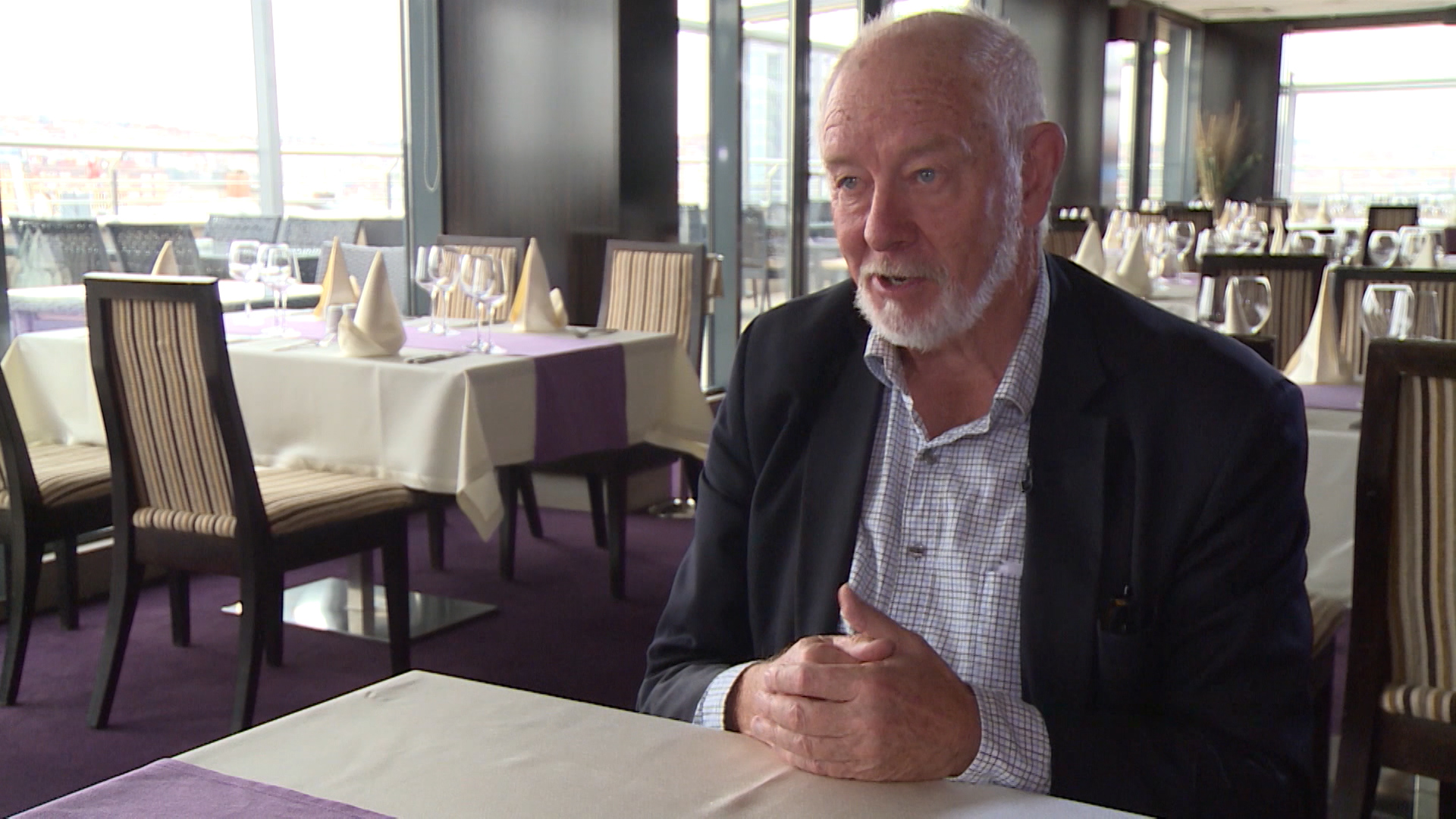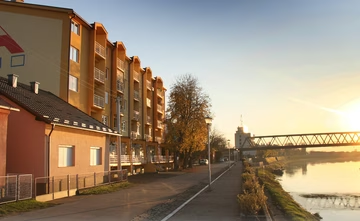
When Peter Nicholl came to Bosnia in 1997 with the task to fix it’s monetary system, he found a devastated and traumatized country with a baffling financial system: four currencies, 76 banks serving less than four million people, three separate payment systems and citizens who believed in nothing but the German Mark stuck under their mattress.
“Citizens basically didn’t trust their financial institutions for various reasons – the war, bank failures, hyperinflation. So, we had to build up trust in a society that had no trust,” he told N1.
The first step toward creating some order in the financial chaos of the country was to introduce a common currency that could push out the various other currencies that were being used in the country. But that would have to be one everyone would trust, one that would remind citizens of something solid and stable.
That happened to be the German Mark. While different parts of Bosnia were using different currencies – the Yugoslav Dinar, the Croatian Kuna or the Bosnian Bon – everybody still preferred the German Mark. So officials decided to tie the value of the new currency to the German Mark and come up with a completely new design that would have been acceptable to all.
That proved to be difficult.
The law specified that there would be two variations of the each banknote but when picking a design, the local politicians seem to have insisted on as many differences as possible, while “my aim was to make them as similar as possible,” Nicholl recalled.
After the three local board members could not agree on a design for three months, Nicholl finally had it.
“I said that’s it,” Nicholl remembered. “I’m gonna design the currency and all board members had put two lots of suggestions on the table.”
He took the names and the pictures of the people the board members had put on the table and turned to a French printing company with a request for them to come up with a design.
“I said it should look a little bit like the German Mark because that’s what everyone trusted. It has to have Latin and Cyrillic writing, every word will be in both scripts and just alternate which one comes first,” he instructed.
When he brought the bank notes back and showed them to the politicians, they still did not like them, so the design was eventually imposed by the High Representative.
“But within two to three weeks nobody cared,” Nicholl said. “The only thing the citizens really cared about was: is it really worth a German Mark?”
It was.
The Konvertible Mark was introduced with the exchange rate of one to one to the German Mark and Bosnians started using them both.
“So every day I could test whether the citizens really trusted that a KM was worth a German Mark. I just went to the shop around the corner and if they were mixing the two, I was happy, because I knew that the citizens trusted the KM,” he said.
Gradually, Bosnians began using the KM more than the German Mark until the German currency disappeared when the EURO was introduced and Bosnians were forced to convert all of their German Marks into something else.
They chose the Konvertible Mark. By then, Bosnians trusted their currency so much, that their conversions drove the country’s foreign reserves up by 127 percent.
“The politicians said to me ‘where did all this foreign exchange come from Mr. Nicholl?’ and I said that it was always here, but it was under the mattress of the citizens in German Mark banknotes,” he recalled.
Among many things that failed in Bosnia, the Central bank stands as a shining star. What went right?
Nicholl’s recipe is simple: “Don’t make promises you have no chance of keeping and once you make a promise, make sure you do it … and get people to work together.”
In post-war Bosnia, it took the Central bank staff more than a year to stop seeing themselves as employees of three separate parts of the same bank, he said.
“The Balkans is more complicated. You have to have one Bosniak, one Croat, one Serb in everything you do. But bearing in mind the local complexities, I did things much the same way as I did in New Zealand,” he said.
“I put in place all the same internal arrangements in the central bank, the committees, the management structures, and they worked the same in Bosnia.”
“So one of my conclusions was that the reason why the Central bank is the most efficient organization in Bosnia, is that it is about the only organization that has sensible structures and a sensible management process,” he said.
Nicholl said he then went around and tried to persuade foreign banks to come and operate in Bosnia.
“Initially that was very difficult, but as the Central bank got established, the exchange rate was fixed in the law, they started to come in,” he said.
Banks from Austria, Slovenia, Germany, Italy poured into the country – banks Bosnians trusted for a change.
“To me it was perfectly understandable that the citizens at the beginning kept their money in foreign currencies under the mattress. Their banks were weak, they were crooked,” Nicholl explained.
“But once they had some good banks here, I started trying to persuade them that it’s much safer to put your money in the bank than to have it under the mattress at home where it can get stolen.”
At first, Bosnians were reluctant, but could see Nicholl’s point. Slowly, they started opening bank accounts.
“It happened gradually,” he said.
Kakvo je tvoje mišljenje o ovome?
Učestvuj u diskusiji ili pročitaj komentare





 Srbija
Srbija
 Hrvatska
Hrvatska
 Slovenija
Slovenija



























































